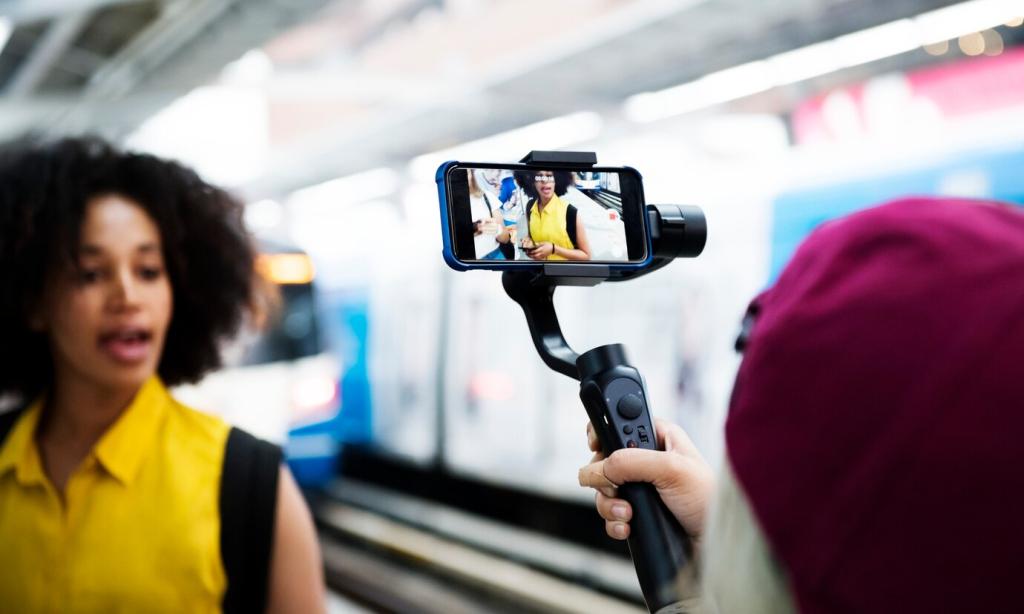Storytelling with Lenses: Wide, Normal, and Telephoto Perspectives
Wides exaggerate motion and space, making small moves feel epic. Keep edges honest by managing distance and height. A low wide push can crown a character. Share your favorite wide-angle sequences and the distortion fixes you used to protect faces and lines.
Storytelling with Lenses: Wide, Normal, and Telephoto Perspectives
Normal lenses feel truthful, preserving proportions while honoring movement. Pair a gentle track with careful foreground to maintain parallax. This is your empathy workhorse. Post your comparison cuts showing how a normal lens stabilized tone between a wide and telephoto version.


